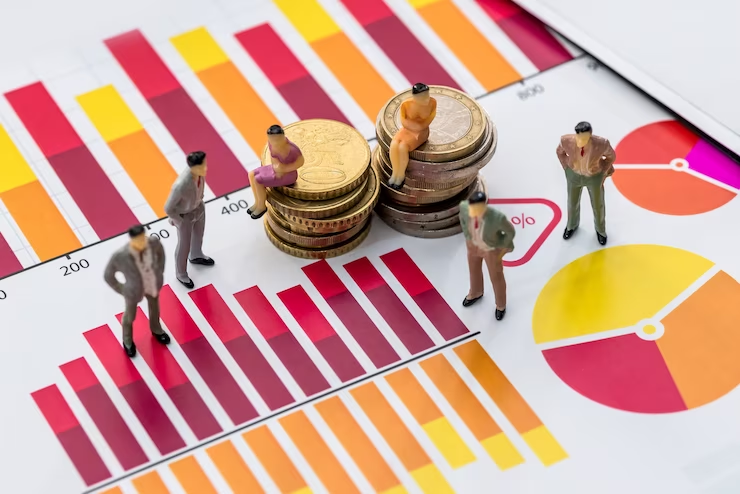- For the fourth consecutive year, Credicorp, through the Credicorp Ideas Bank, published a sub-study identifying gender gaps in financial inclusion in eight countries in the region.
- While the gender gap in financial inclusion in Latin America persists, it has been narrowing since the study’s first measurement in 2021.
- Female entrepreneurship stands out as a key factor in promoting women’s financial inclusion in Latin America.
Lima, March 24, 2025.- For the fourth consecutive year, Banco de Ideas Credicorp published the Gender Gaps in Financial Inclusion study, developed in conjunction with Ipsos, which seeks to monitor the evolution of this issue in eight countries in the region: Argentina, Bolivia, Chile, Colombia, Ecuador, Mexico, Panama, and Peru. The results show that although gender gaps persist in Latin America, they have been narrowing since the study’s first measurement in 2021.
The percentage of women at the highest level of financial inclusion increased from 11% in 2021 to 24% in 2024, representing a 13-point increase. It is worth noting that those classified at this level are those who regularly use various financial products and services and evaluate the system positively. Likewise, a downward trend can be observed in the proportion of women at the lowest level of financial inclusion, which decreased from 56% in 2021 to 36% in 2024. This trend is primarily observed in rural areas and among women over 43 years of age, especially among homemakers.
Regarding mobile wallet ownership, the study shows this digital tool as a key vehicle for women’s integration into the formal financial system in the region. However, there is a slight difference in favor of men (38% versus 34% of women).
In Argentina and Colombia—some of the countries with the highest rates of ownership of this type of financial product—no significant differences are observed between men and women. However, the gap is pronounced in countries such as Bolivia, Mexico, and Peru.
On the other hand, the gender gap can also be observed in the average ownership of credit products, with men (0.46) having a higher average than women (0.43).
Female entrepreneurship as a key factor in Latin America
The study highlights that, although entrepreneurship is a key factor in promoting women’s financial inclusion in the region, significant barriers to accessing formal credit and savings products persist. These limitations lead many women to seek alternatives through informal financing, which can pose additional risks. Among the key findings:
- Within the advanced level of financial inclusion, 27% of women are entrepreneurs and 22% are not, creating a gap of 5 percentage points between them.
- 62% of female entrepreneurs lack any type of formal credit, compared to 67% of non-entrepreneurs. This data shows that the capacity for economic growth in both groups is limited.
Finally, looking at the overall results by age, it is evident that younger ages show higher levels of financial inclusion; for example, women over 60 have the lowest levels of inclusion. Furthermore, an increase in the proportion of those at the “progressing” and “advanced” levels is observed across all age groups, while a decrease is observed in the “low” group.
“While progress has been made in women’s financial inclusion, significant challenges remain in closing gender gaps. Therefore, it is essential to identify and understand the barriers they face in accessing and using financial products, as well as providing tools and services tailored to their needs. Furthermore, it is key to strengthen their economic autonomy through education and advice that enable them to make informed decisions. Financial independence depends on knowing the available options, understanding how they work, and knowing how to access them”, said Catalina Morales Llanos, Sustainability Manager at Credicorp.
To learn more about the full study, click here.
